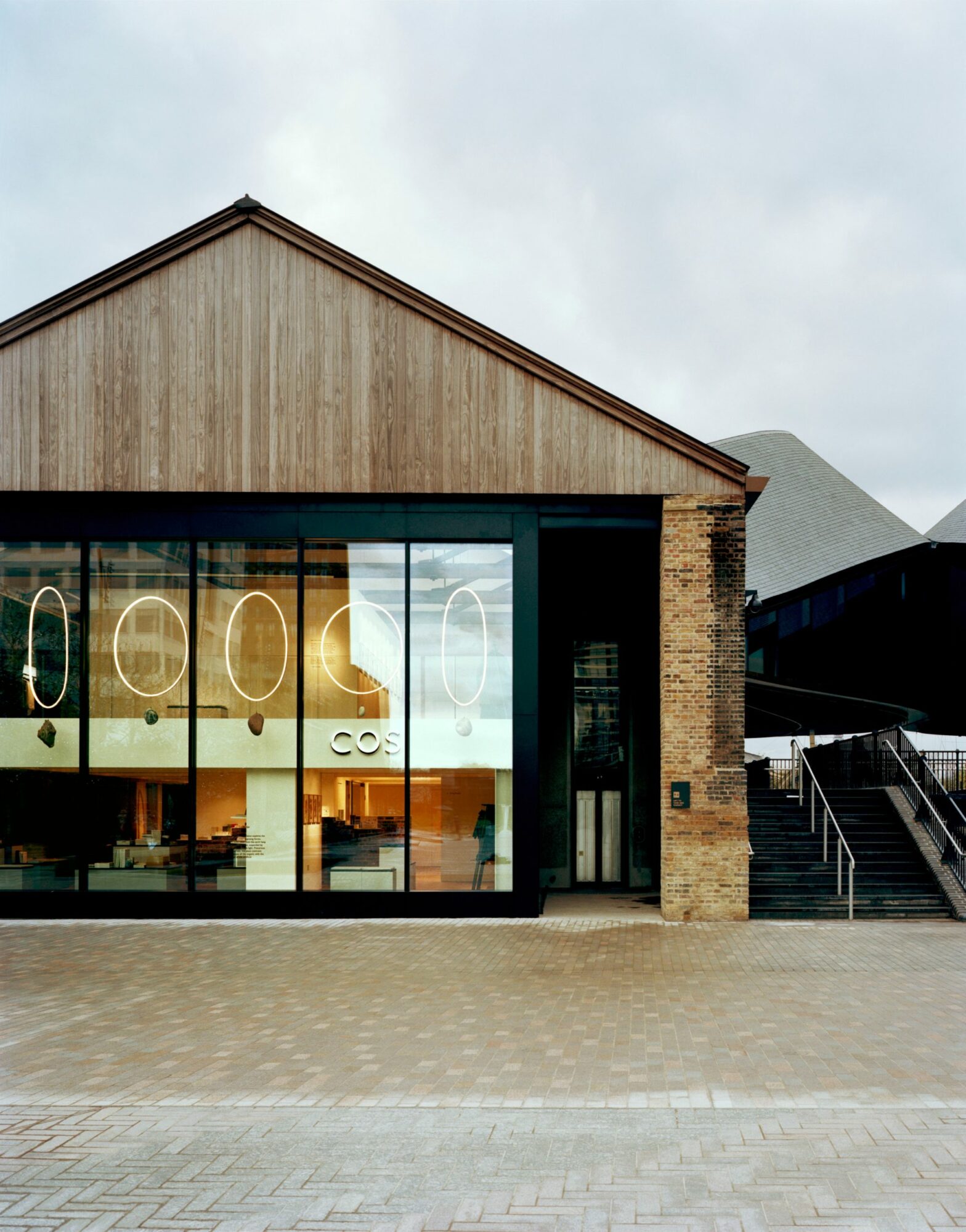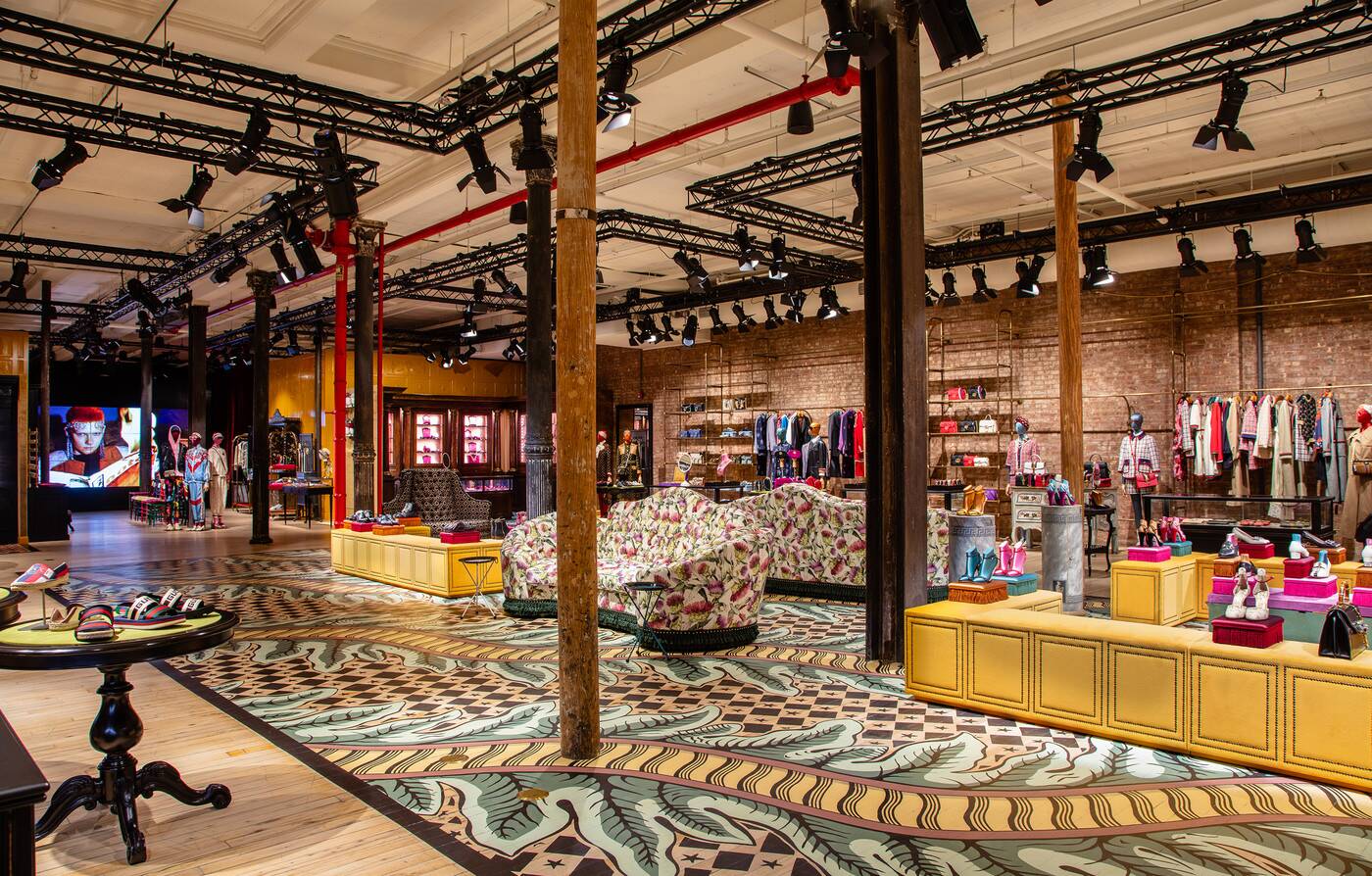
What Makes A Successful Concept Store?
Despite the popularity of online shopping, traditional brick-and-mortar stores are fighting back. Indeed, while online retailers can be hard to beat when it comes to price, they can’t recreate the pleasure that comes from feeling and handling products before purchase.
What is a Concept Store?
Concept stores are a total reimagining of traditional physical stores. They are a place in which retailers can offer carefully-curated selections of products, services and experiences, all of which relate to a particular theme or concept. They enable shoppers to interact with brands in ways that can’t be replicated online as well as boosting brand awareness, gaining feedback on new product ranges and trialling new store formats.
Concept stores often play host to an eclectic mix of products such as books, beauty, fashion, food, and homewares, all of which have been selected because they appeal to a specific target audience. In addition, many concept stores offer experimental elements such as cafés or exhibition spaces as a way of enhancing their appeal to those shoppers seeking a particular lifestyle.
How are Concept Stores Different From Flagships?
While concept stores are designed to engage, they shouldn’t be confused with flagship stores. Creating multi-sensory shopping experiences, flagship stores combine aesthetic and interactive elements, making them a destination venue in their own right. Ultimately, flagships are primarily designed to strengthen brands and solidify their presence in a given location whereas concept stores are altogether more experimental spaces.
Fashion Concept Stores
COS, London
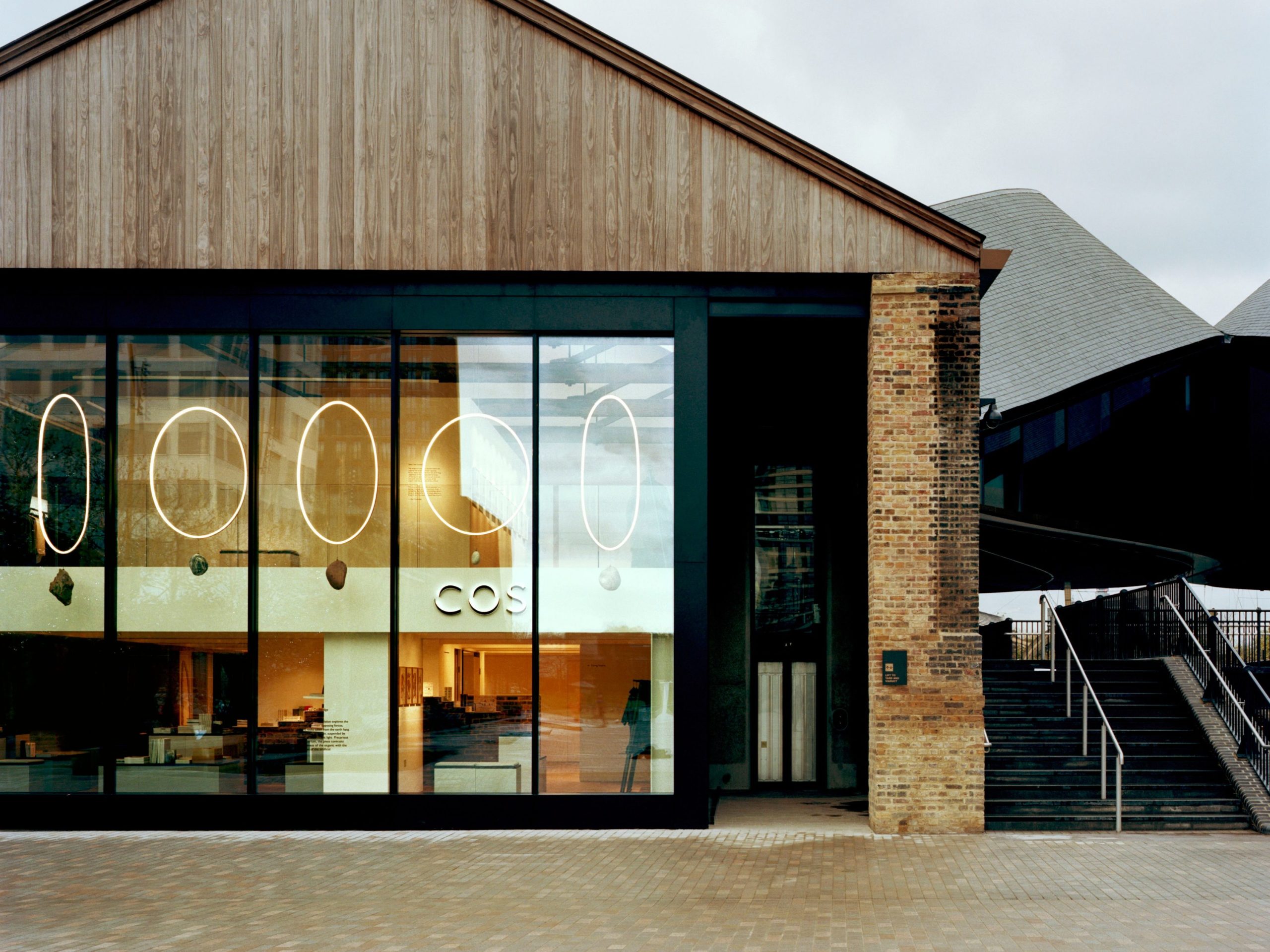
This concept store by COS sits in the heart of London’s Coal Drops Yard houses an eclectic mix of products, many of which have been designed in collaboration with internationally-celebrated artists. The space serves as a hub from which COS can share its inspirations and interests with shoppers whilst offering a range of unique, carefully-curated experiences as well.
H&M, London
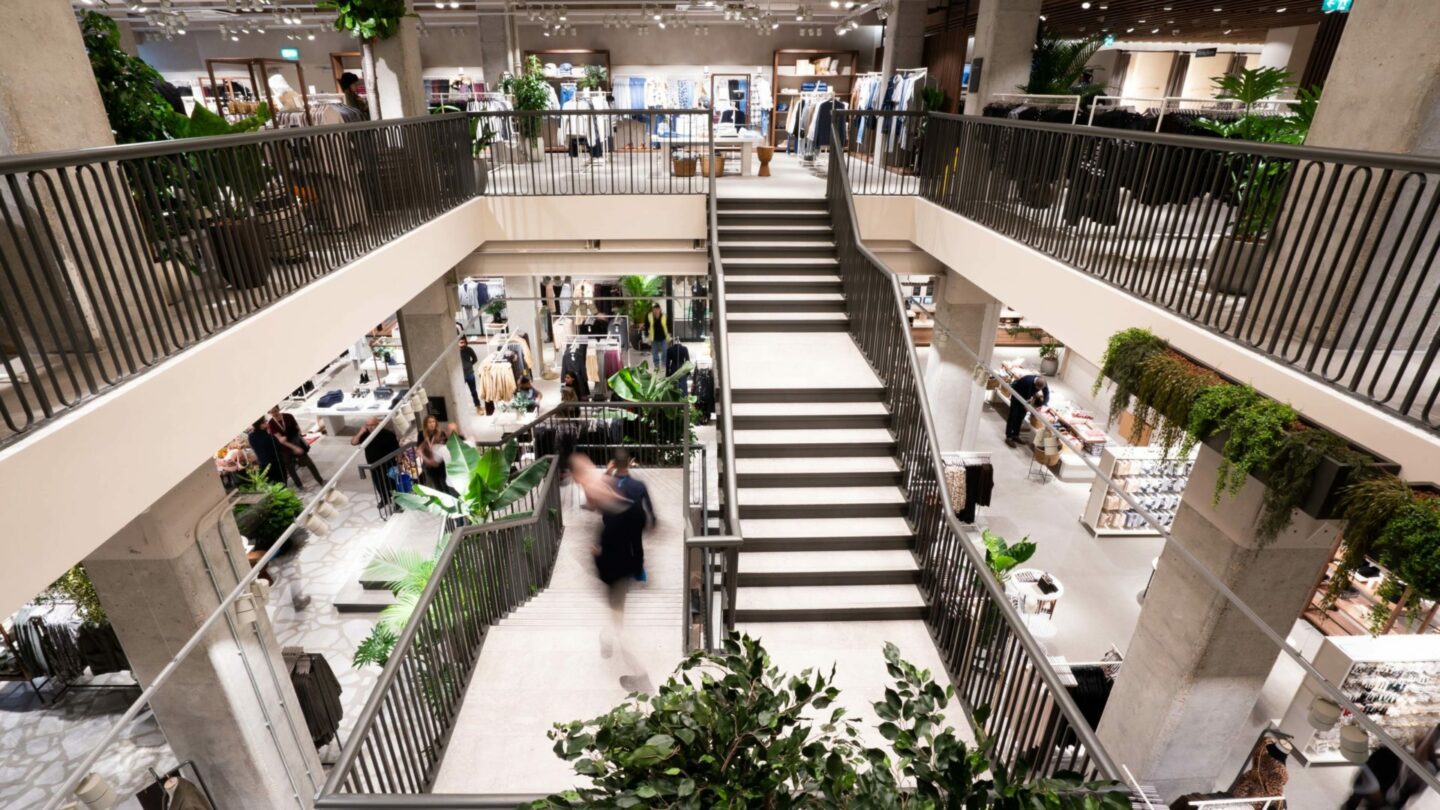
H&M’s Hammersmith concept store is a palace of brand interactions, unique product offerings and exclusive experiences. Spanning three floors around a huge central atrium, this concept store is an embodiment of H&M’s commitment to contemporary, Scandi-inspired design and sustainable fashion.
Lifestyle Concept Stores
10 Corso Como, Milan
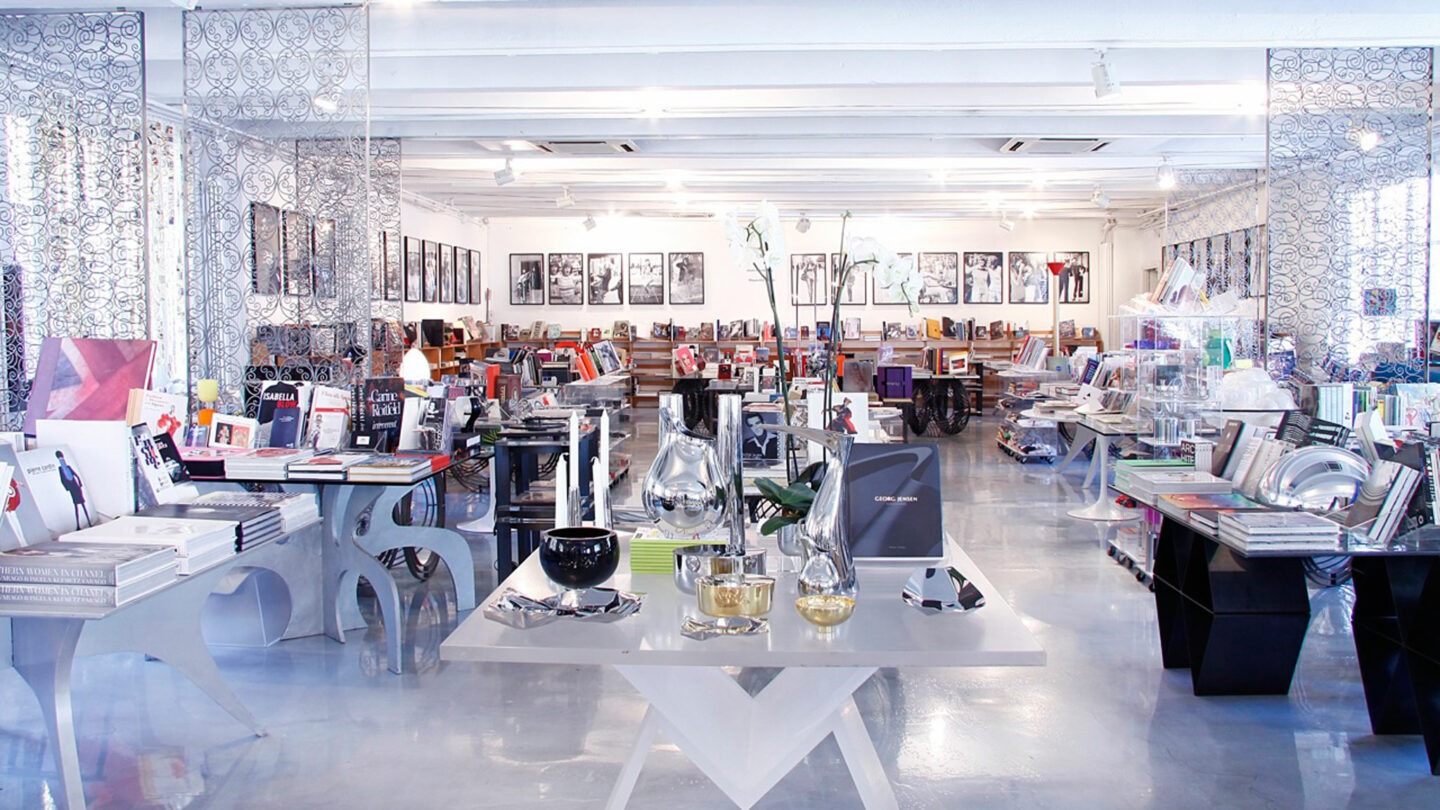
Often cited as the godfather of concept stores is 10 Corso Como in Milan, Italy. It’s sleek, palatial interior plays host to everything from clothes and shoes through to books and collectables, and there is even an on-site restaurant which has some of the most sought-after tables in the city.
Club Monaco, New York
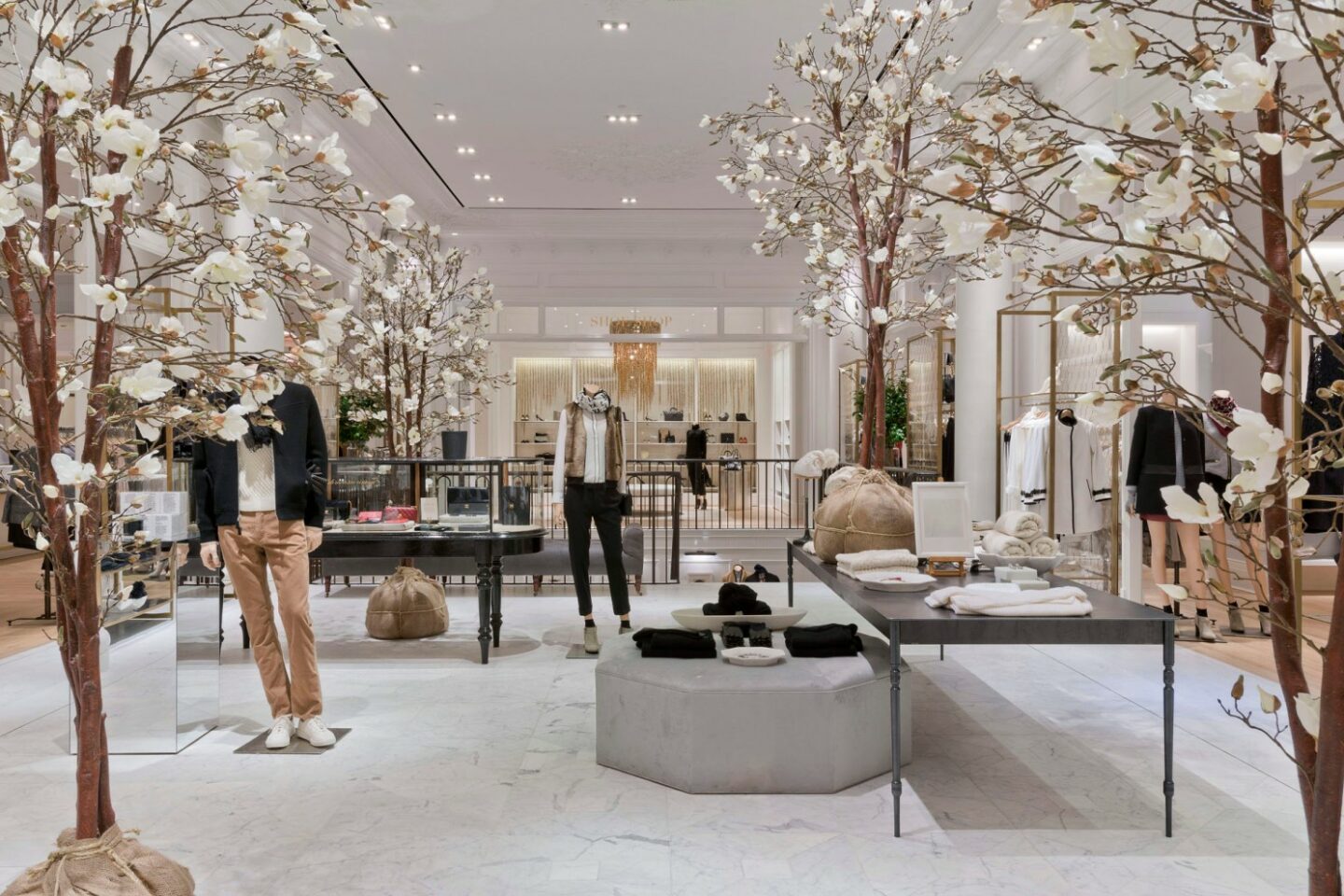
Club Monaco’s concept store in New York is described as exuding a “graceful, feminine aesthetic” that shoppers will instantly want to claim as their own. It is designed to encourage people to feel as though they are stepping into the “well-appointed home of your coolest, chicest friend”. A mix of men’s and women’s fashion sits alongside the store’s very own library (stocked with titles that are relevant to the design-led lifestyle the space is aiming to promote), café and event space.
Automotive Concept Stores
Volkswagen, Birmingham
Volkswagen’s first concept store took pride of place in Birmingham’s Bullring shopping centre. The concept was designed by Dalziel & Pow and focused heavily on illumination. Ceiling hung lightboxes and illuminated graphic displays were strategically placed near the cars to illuminate the stores focal point and showcase the quality of the Volkswagen to passers by.
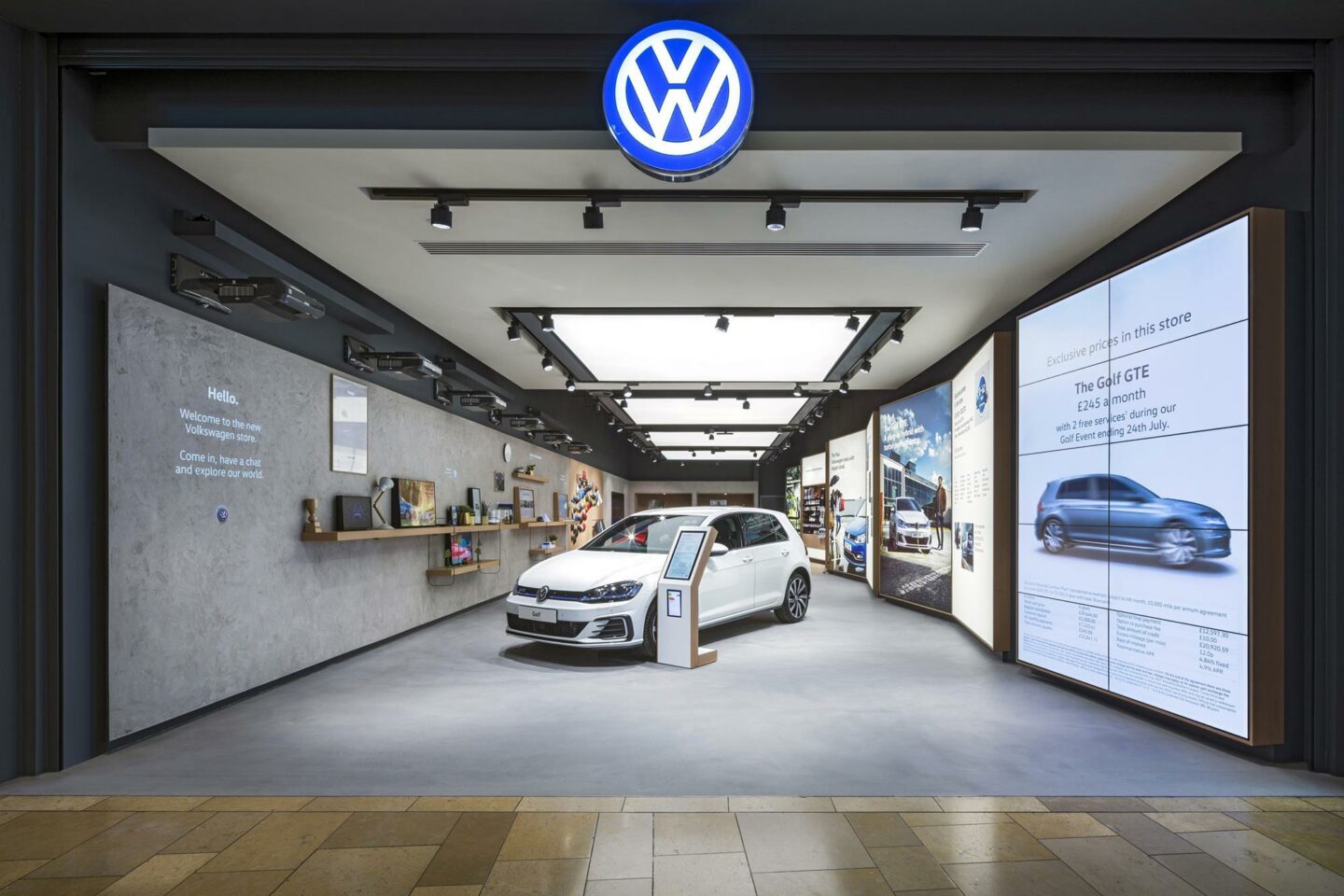
SEAT, intu Lakeside
Located in the intu Lakeside shopping centre and designed by Green Room Design, SEAT’s first concept store used a range of display techniques to incorporate natural elements within the space. Digital screens feature alongside the cars on display to give the environment a high-tech modern feel that contrasts with the natural outdoor elements of the store.
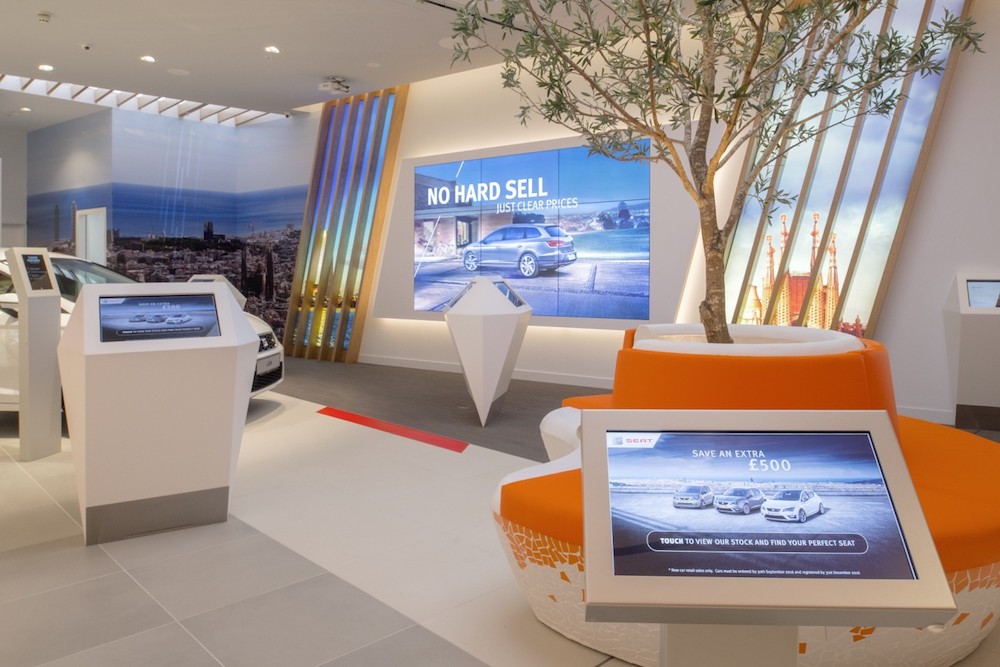
When is a Concept Store NOT a Concept Store?
While many brands claim to have concept stores, there is some dispute over how accurate this is. For example, purists will argue that the Dyson’s London store can’t claim the title of a concept store.
The store, which showcases the brand’s technology portfolio, encourages visitors to try the products before they buy, and allows shoppers to see what goes on in Dyson’s engineering labs, has certainly been marketed as a concept store. But, as all the products on offer are from Dyson’s own range, and are not curated around a particular premise, or targeted to a particular lifestyle, it can be argued that it is not a ‘true’ concept store.
However, with more and more retailers looking to create stores that offer curation, experience and personalisation, there’s little doubt that the traditional definition of what makes a concept store is changing.
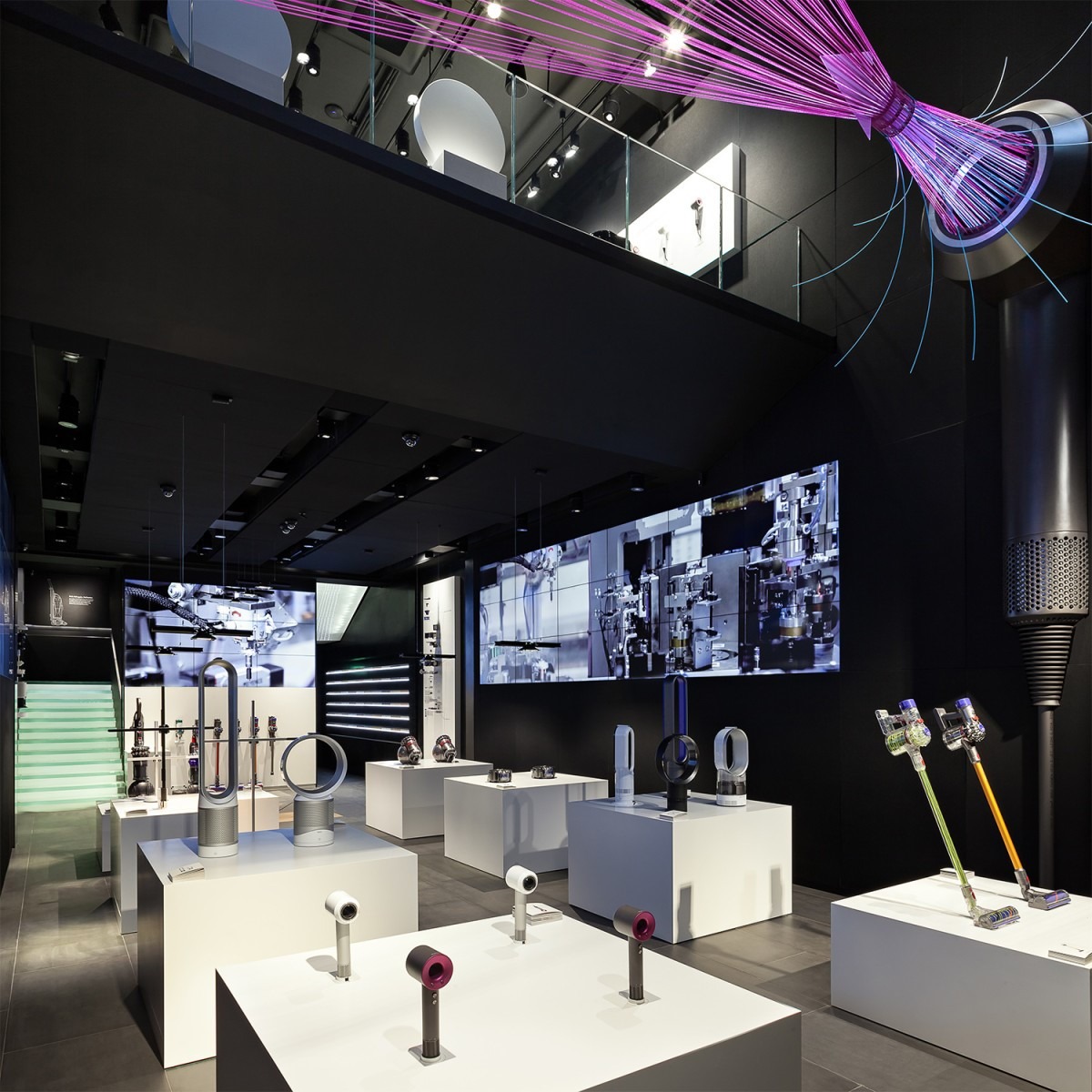
Concept Store Design Advice
It makes sense that the design of a concept store matches its concept; whatever that might be. For example, a shop designed to appeal to hipsters is likely to use exposed brick, filament bulbs, and vintage fonts. Ultimately, when it comes to the design of concept stores, factors like relevance and authenticity are key.
What’s more, concept stores often see the online and physical worlds often collide. They use intelligent product displays, interactivity, and digital technologies to create more personalised brand interactions that encourage customers to feel like they are accessing exclusive experiences.
Lighting also helps to convey a unique identity and elicit genuine customer emotions. Bespoke lighting solutions such as neon-effect LED signs are often used to express individuality and maximise impact. Intelligently-designed lighting systems also play an instrumental role in determining how a shoppers experience a retail space, with different lighting systems being proven to evoke certain emotions in people and push them to behave in certain ways.
In concept stores, merchandise is arranged differently, with dissimilar products often displayed together. And, with keeping things fresh being the name of the game, modular display structures are ideal for use in concept stores as they offer a virtually endless amount of presentation options and can be reconfigured to suit changing product ranges, events and limited edition promotions.
Conclusions
So, how can retailers benefit from concept stores?
The good news for business-savvy retailers is that concept stores are all about generating a serious return on investment. So, while concept stores may originate as one-off’s, they usually result in improved financial performance in the longer term. Indeed, while the concept store itself can cost more than a traditional shop space, by investing resources into figuring out what works (and what doesn’t) when it comes to selling products and in store design, retailers can save money by testing the waters before rolling out store formats more widely. Perhaps even more compelling, once a best-in-class display solution is agreed, these can often be cost-engineered to deliver maximum bang for buck in the long-term.
At Unibox, we collaborate with retailers and design agencies to create attractive, engaging retail displays and environments that sell products more effectively. To find out more about how we can help you, contact us today.

